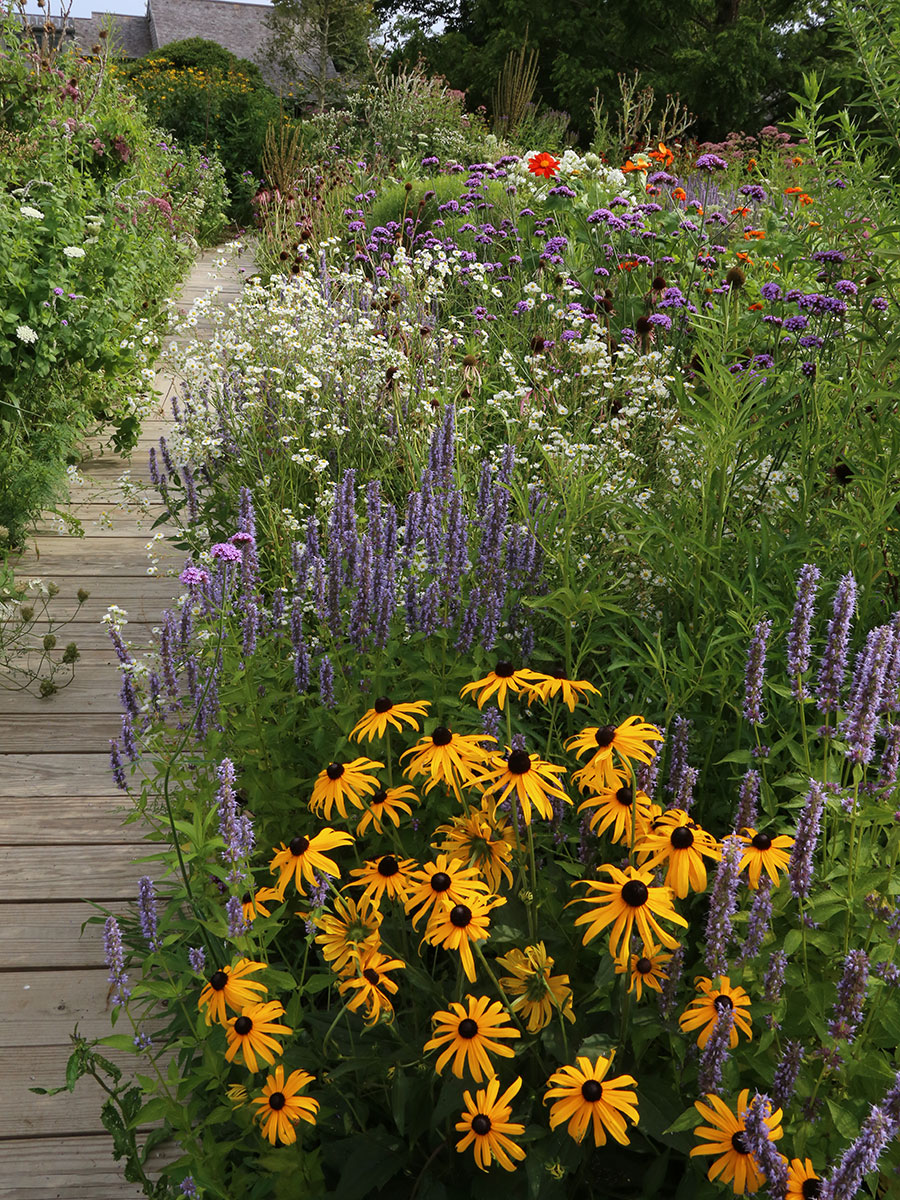Imagine stepping into a garden alive with the flutter of butterflies, the hum of bees, and the vibrant colors of blooming flowers. Creating a pollinator-friendly garden not only beautifies your space but also supports the vital work of pollinators, which are essential for the health of our ecosystems. Whether you're a seasoned gardener or just starting, these 21 vibrant ideas will help you cultivate a haven for pollinators, ensuring they visit your garden again and again. Let's dive into these exciting ideas to transform your garden into a thriving pollinator paradise.
1. Choose Native Plants

Native plants are adapted to your local climate, making them a perfect choice for attracting native pollinators. They require less water and care while providing the perfect habitat for bees, butterflies, and birds. Start by researching which wildflowers and shrubs are indigenous to your area. Incorporating these into your garden not only supports local wildlife but also adds a unique touch to your landscape with their natural beauty.
2. Create a Bee Bath

Bees need a water source, just like any other creature. A bee bath is a simple and effective way to provide this. Place a shallow dish filled with water in your garden, adding small rocks or marbles for bees to land on. Ensure the water is fresh and clean to attract bees safely. This small addition can make a big difference in supporting your garden's pollinators.
3. Plant Wildflower Borders

Wildflower borders are not only beautiful but also extremely beneficial for pollinators. They offer a continuous source of nectar and pollen, attracting a variety of species throughout the growing season. Mix different wildflower species to create a colorful tapestry that changes with the seasons, providing a feast for pollinators and a visual delight for you.
4. Incorporate Flowering Herbs

Flowering herbs like lavender, thyme, and rosemary are favorites among pollinators. They offer nectar and pollen while adding fragrance and flavor to your garden. Plant them in sunny spots and enjoy their dual purpose: a beautiful garden and a handy herb collection for your kitchen.
5. Design a Butterfly Garden

Butterflies are not only pretty but also important pollinators. Designing a dedicated butterfly garden can support their lifecycle. Include host plants like milkweed for monarchs and nectar-rich flowers such as zinnias and asters. With the right plants, you’ll soon have butterflies flitting joyfully around your garden.
6. Use Hanging Baskets

Hanging baskets filled with trailing flowers can serve as mini pollinator hangouts. Opt for flowers like petunias or fuchsias that offer easy access to nectar. These baskets can be strategically placed around your garden to maximize space and attract pollinators at different heights.
7. Add Colorful Perennials
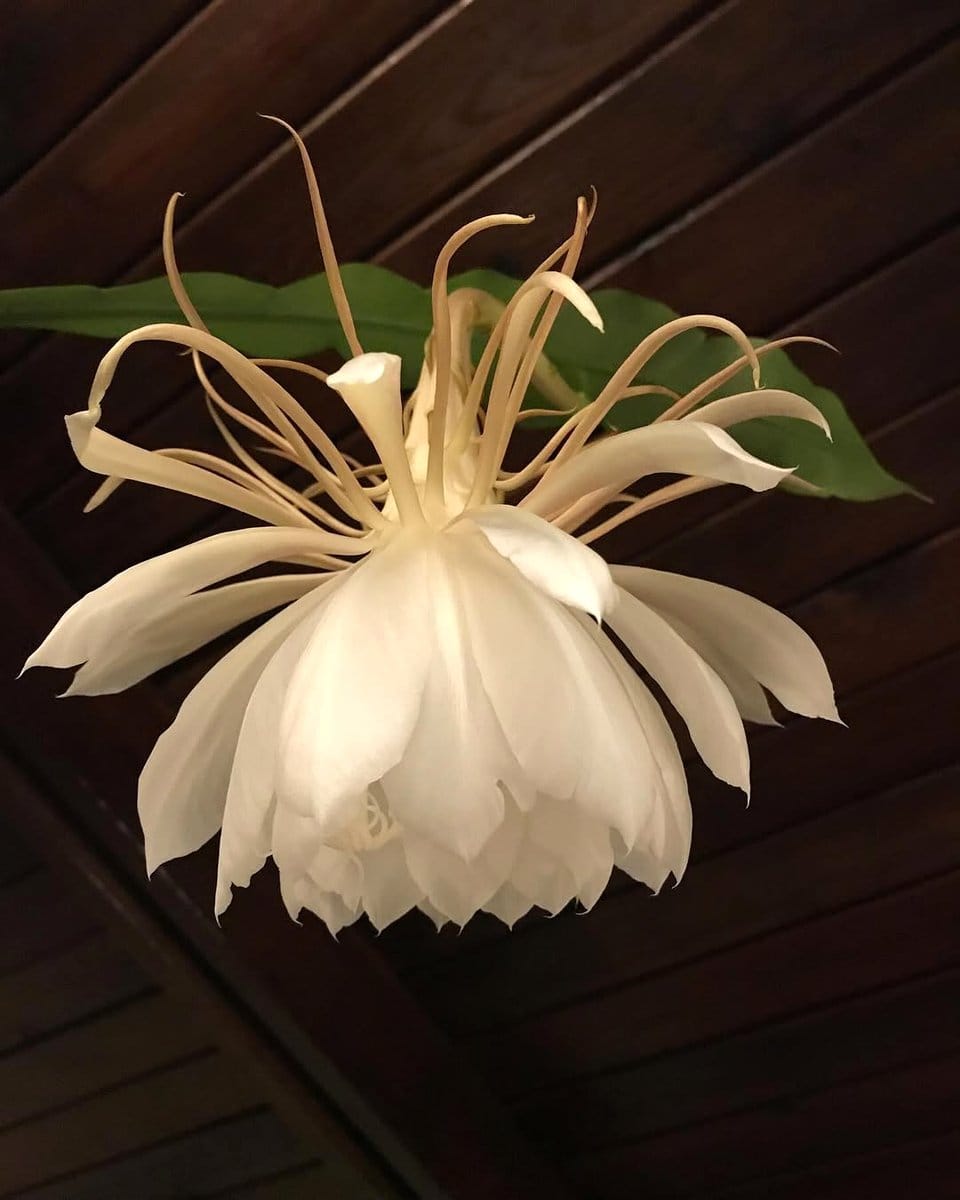
Perennials are a gardener's dream—they return year after year. Choose colorful varieties such as coneflowers and black-eyed Susans for lasting beauty and steady pollinator visits. These hardy plants require less maintenance and provide an endless source of food for pollinators.
8. Create a Nectar Bar

A nectar bar is a dedicated patch of nectar-rich flowers like salvia, bee balm, and sunflowers. These blooms provide a buffet for pollinators, ensuring they have plenty of food options. Planting a variety of sizes and colors will attract different species, making your garden a hotspot for pollinators.
9. Provide Shelter with Shrubs
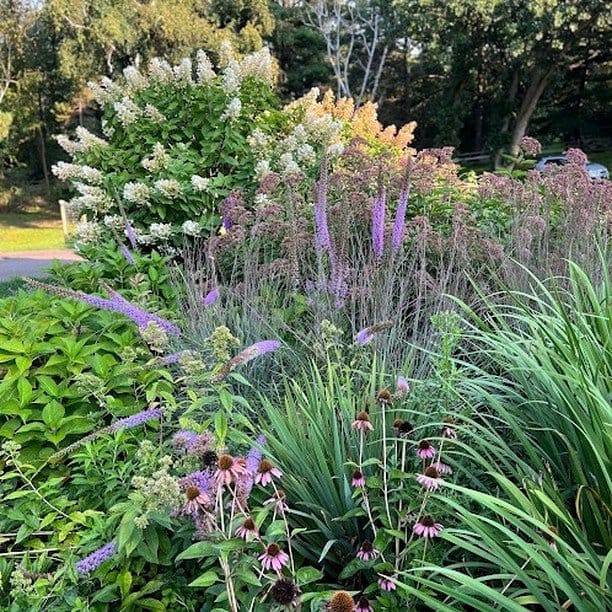
Pollinators need shelter from predators and harsh weather. Dense shrubs like holly and viburnum provide excellent cover, offering a safe retreat. Incorporate a mix of flowering and evergreen shrubs to give pollinators a year-round habitat, enhancing your garden's structure and biodiversity.
10. Install a Butterfly Feeder

A butterfly feeder can complement your butterfly garden by providing extra nourishment. You can purchase or DIY a feeder using a shallow dish filled with a sugar-water solution. Hang it in a sunny spot and watch as butterflies gather for a sweet treat.
11. Grow Climbing Vines
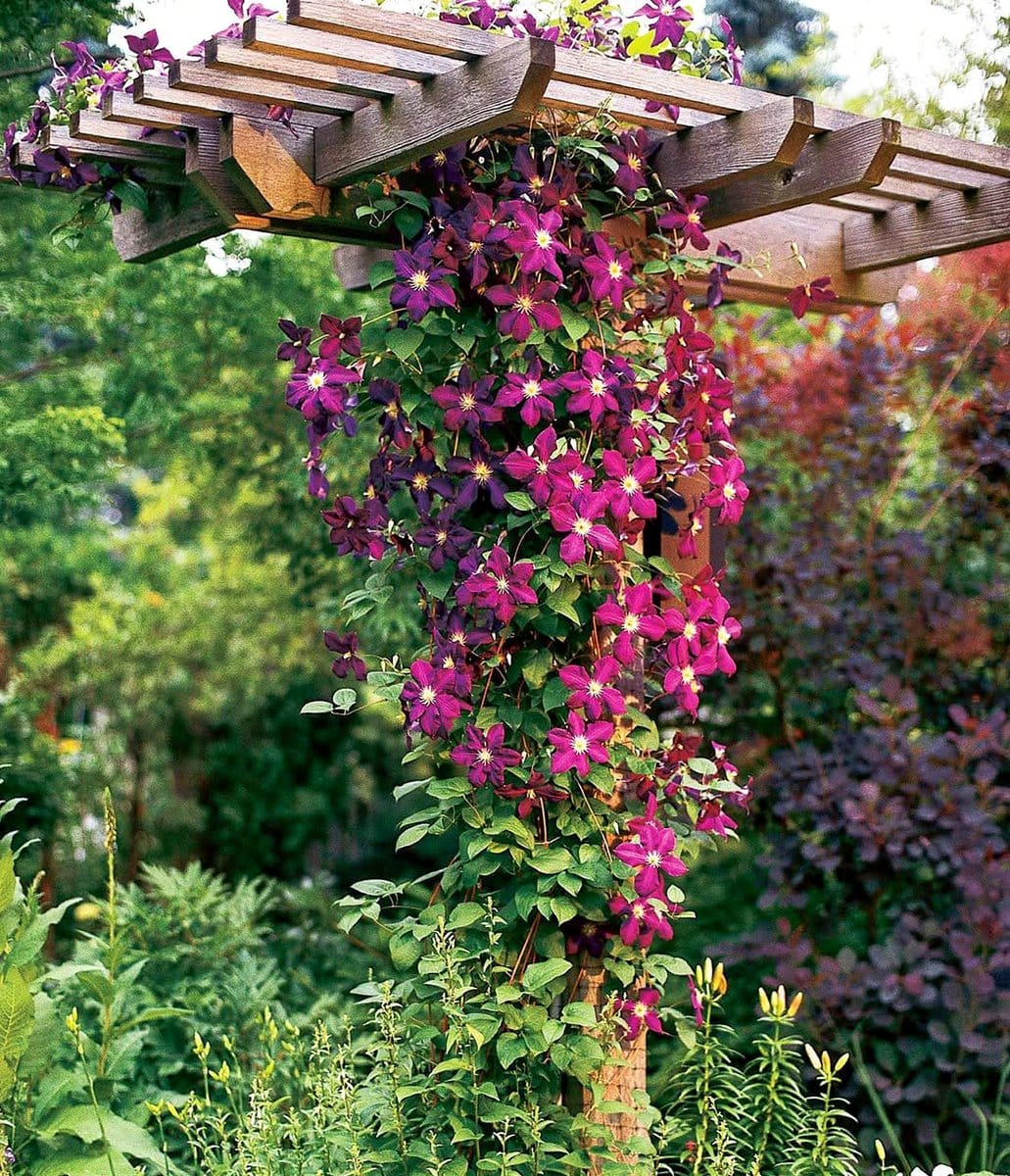
Climbing vines like honeysuckle and clematis add vertical interest and are loved by pollinators. These vines offer nectar and can grow on trellises, walls, or fences, making them perfect for small spaces. Their blossoms attract a variety of pollinators, enhancing your garden’s appeal.
12. Plant Evening Bloomers
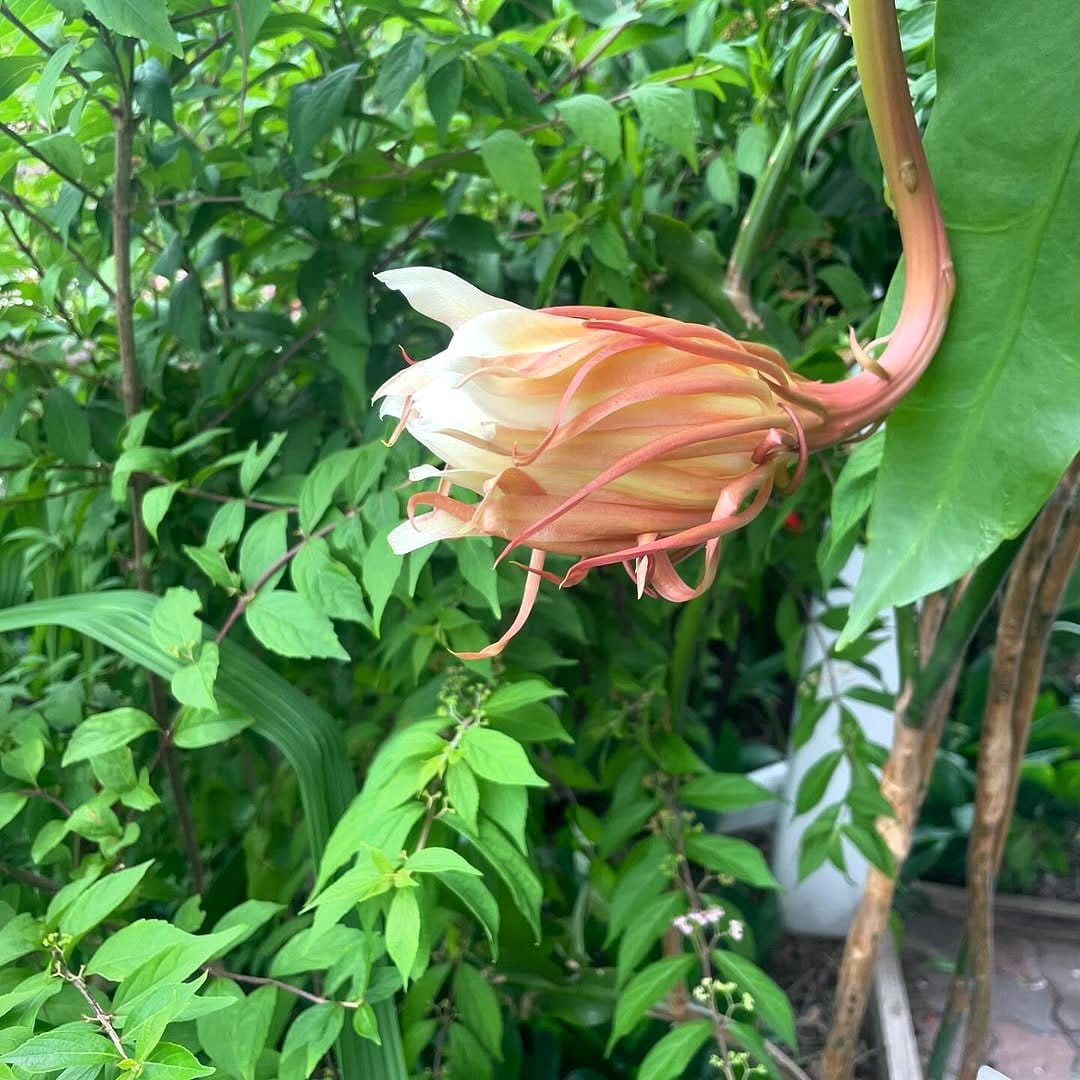
Evening bloomers like evening primrose and moonflower cater to nocturnal pollinators such as moths. Their sweet scent and white or pale blooms shine at night, creating a magical garden experience. Adding these plants extends your garden’s pollinator appeal into the nighttime hours.
13. Use Companion Planting

Companion planting involves pairing plants that benefit each other. Marigolds with vegetables, for example, can deter pests while attracting pollinators. This method boosts your garden’s health and productivity, proving that mixing flowers and vegetables can be both beautiful and functional.
14. Introduce Water Features
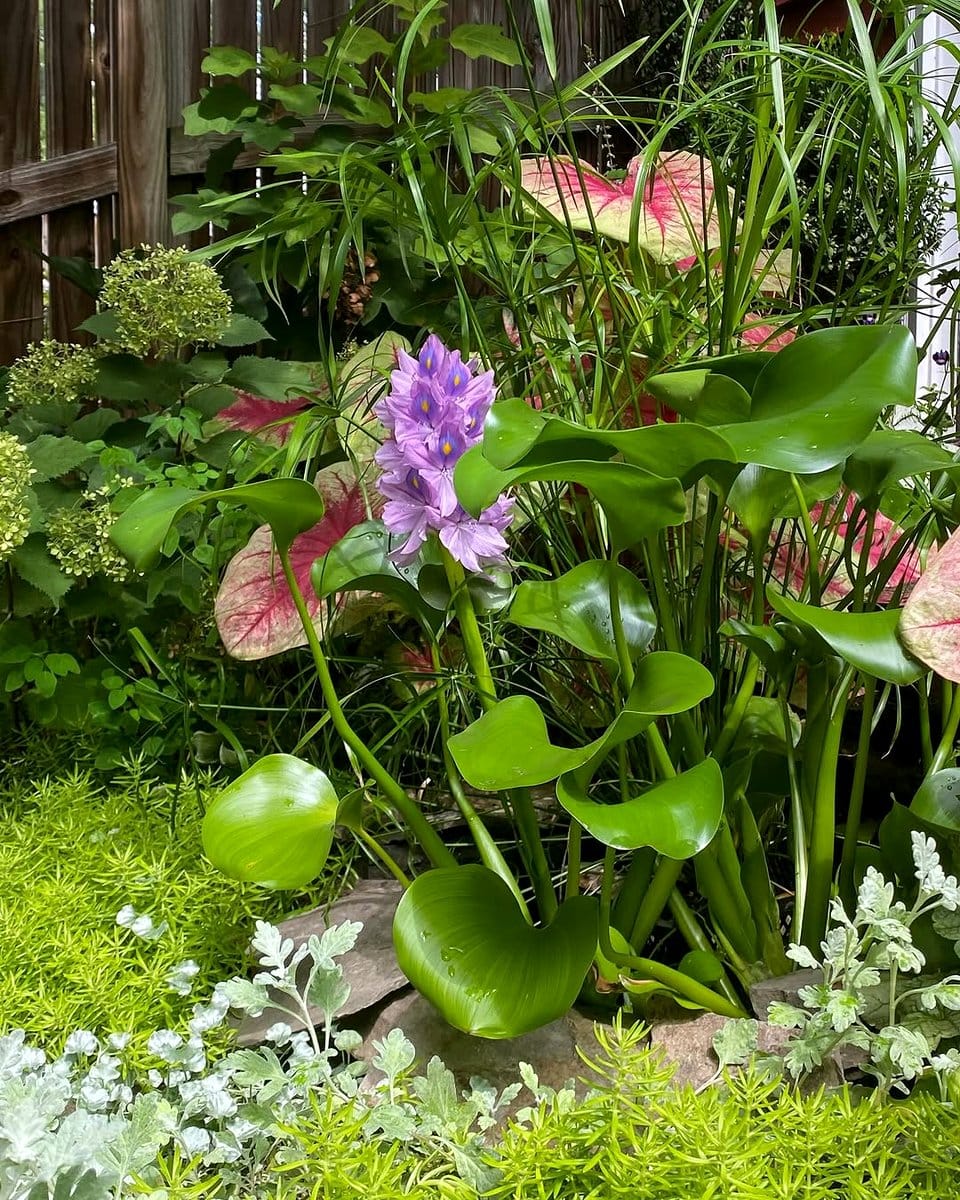
A small pond or fountain can attract pollinators with its sound and moisture. Water features provide drinking water and habitat for various species. Surround these features with moisture-loving plants to create a lush, inviting environment for your garden visitors.
15. Cultivate a Meadow Patch

Transform part of your garden into a mini meadow with tall grasses and wildflowers. This low-maintenance area mimics natural habitats, supporting a diverse range of pollinators. A meadow patch can be a stunning focal point, offering a slice of nature’s beauty in your backyard.
16. Create Pollinator Pathways

Pollinator pathways are designed to guide pollinators through your garden. Use stones or gravel to create paths lined with fragrant flowers, ensuring easy access to nectar. These pathways can also help you navigate your garden while enjoying the sights and sounds of pollinators at work.
17. Add Birdhouses and Bee Hotels

Birdhouses and bee hotels provide nesting sites for pollinators. Place them in sheltered spots to encourage bees and birds to take up residence. These structures not only support pollinator populations but also add charming touches to your garden decor.
18. Grow Edible Flowers

Edible flowers like nasturtiums and violets attract pollinators and can be harvested for salads or garnishes. Plant them in window boxes or garden beds for a pop of color and flavor. Their dual purpose makes them a delightful addition to any pollinator-friendly garden.
19. Incorporate Succulents
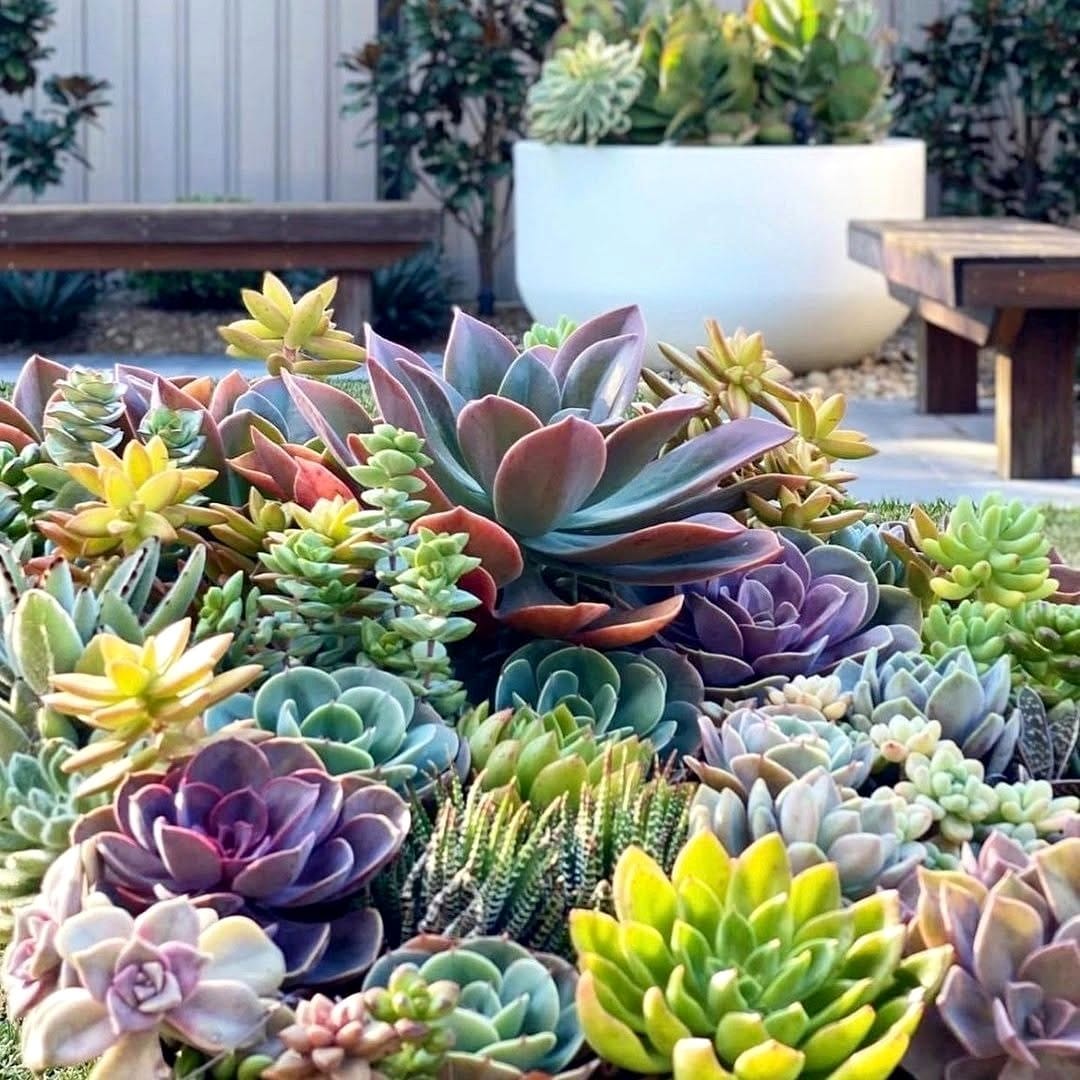
Succulents with blooms, like sedum, provide nectar in arid conditions. They’re perfect for drought-prone areas and require minimal maintenance. Their unique shapes and colors add a modern twist to your garden, attracting pollinators even in the driest climates.
20. Use Mulch and Organic Practices
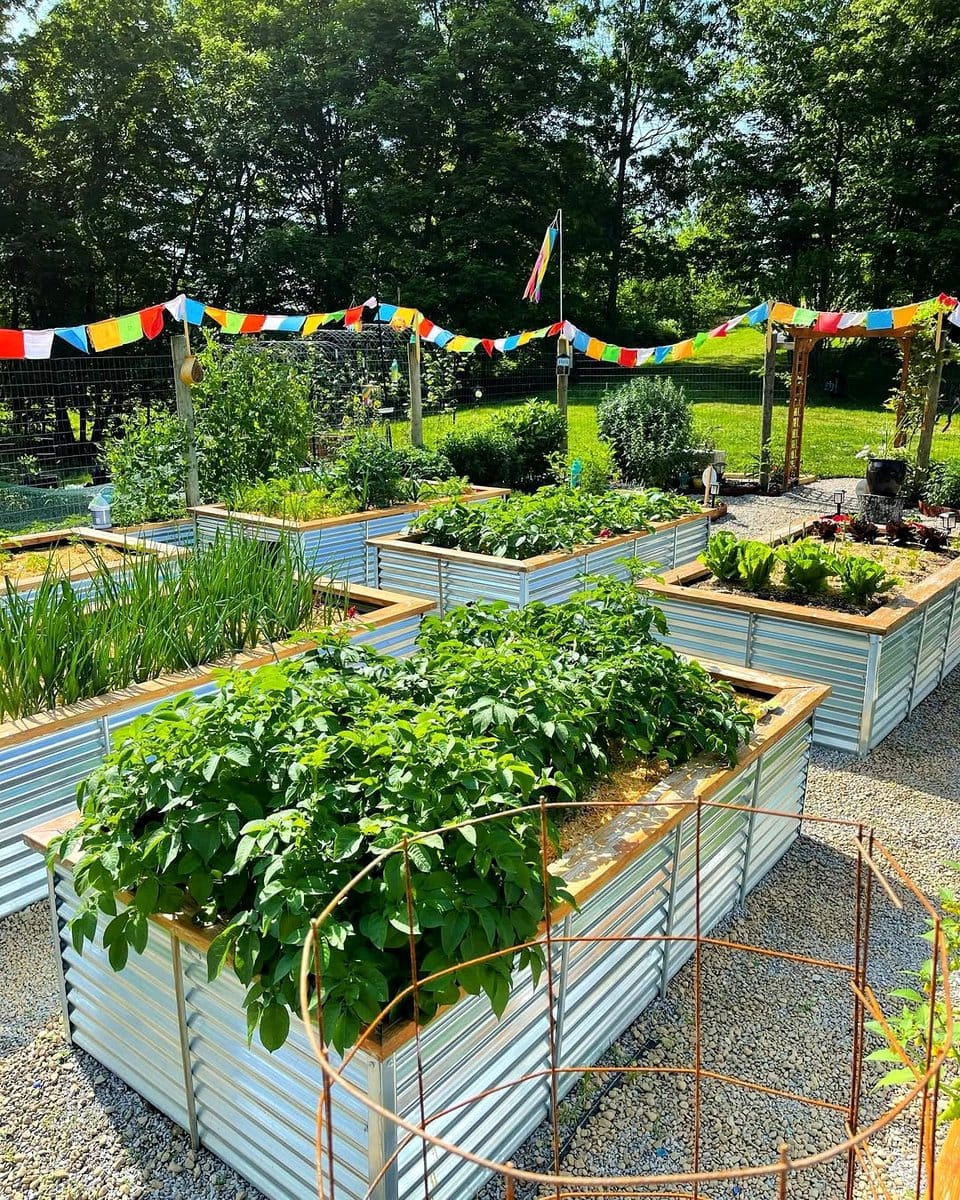
Mulching retains moisture and provides habitat for ground-dwelling pollinators. Choose organic options like wood chips or straw to keep your garden eco-friendly. By avoiding pesticides and chemical fertilizers, you create a safer environment for pollinators to thrive.
21. Rotate Seasonal Blooms

Ensure your garden blooms year-round by rotating seasonal flowers. This provides a continuous food source for pollinators. Plan your garden layout to include spring, summer, and fall flowers, ensuring that your garden remains vibrant and pollinator-friendly throughout the year.
Final Thoughts
Creating a pollinator-friendly garden is a rewarding endeavor that benefits both your local ecosystem and your personal enjoyment. By implementing these vibrant ideas, you can transform your garden into a thriving sanctuary for pollinators. Remember, even small changes can make a big difference. So, grab your gardening tools and start planting with purpose. Your garden will soon be buzzing with life, offering you endless beauty and satisfaction. Happy gardening!
